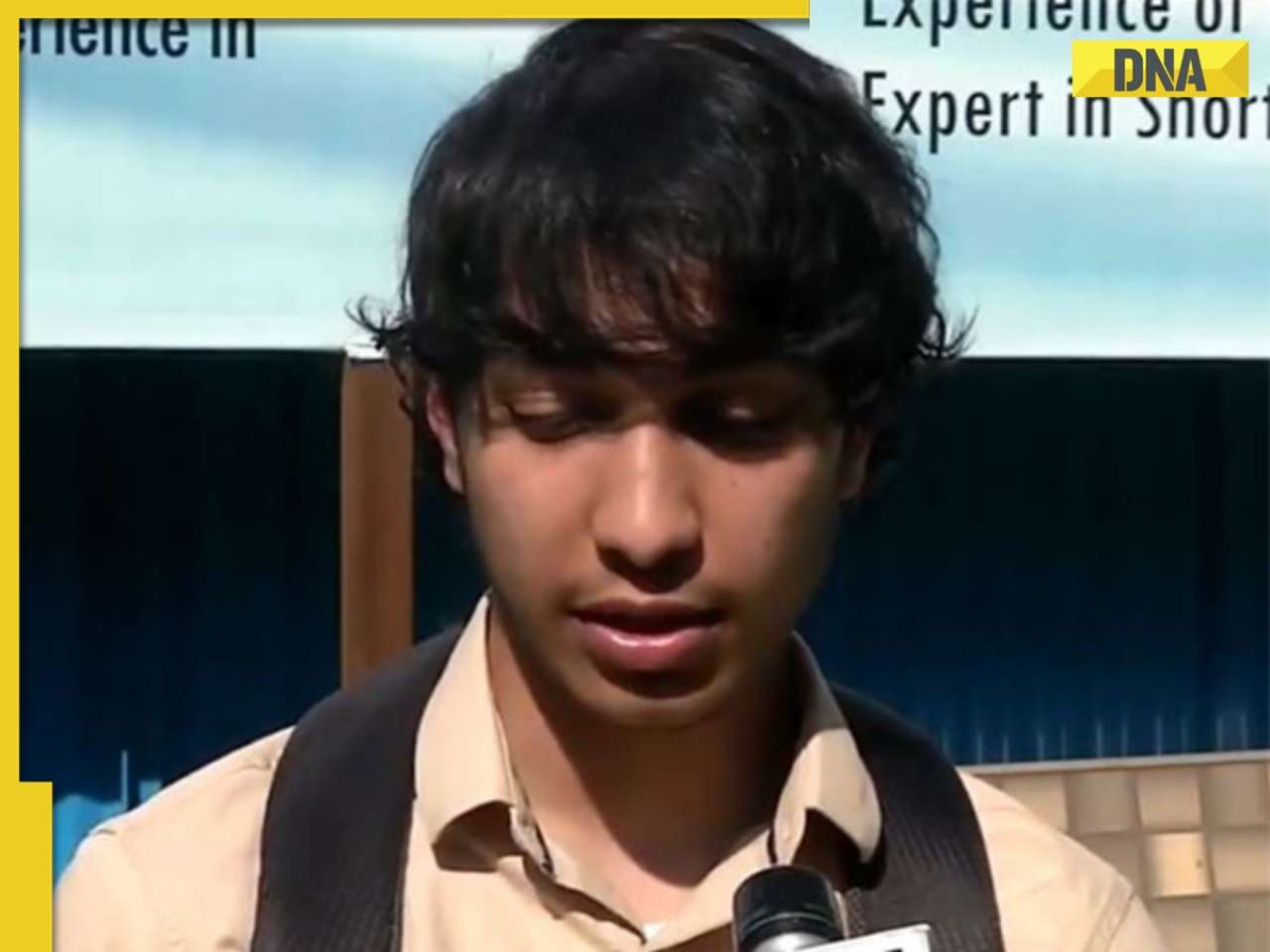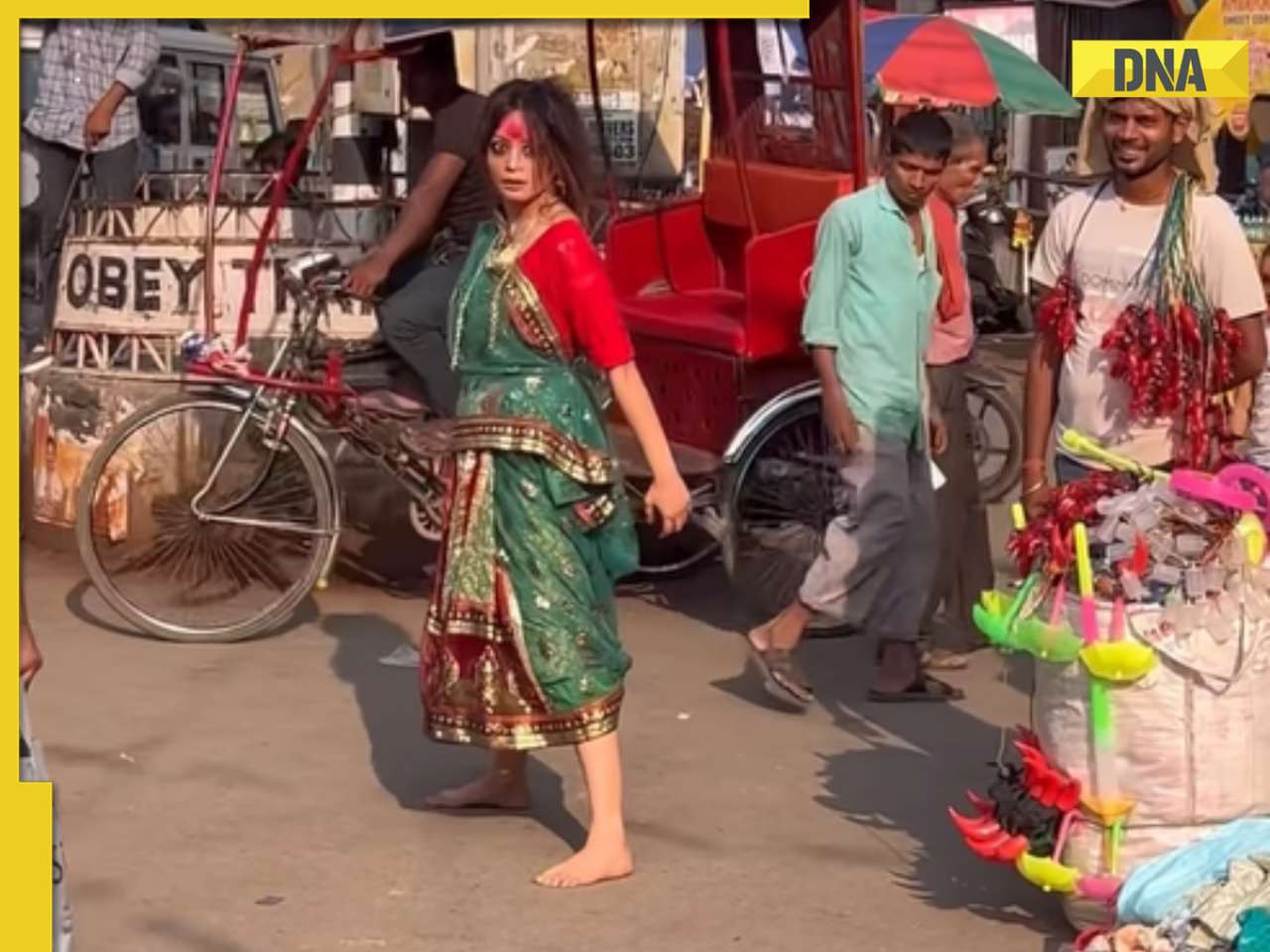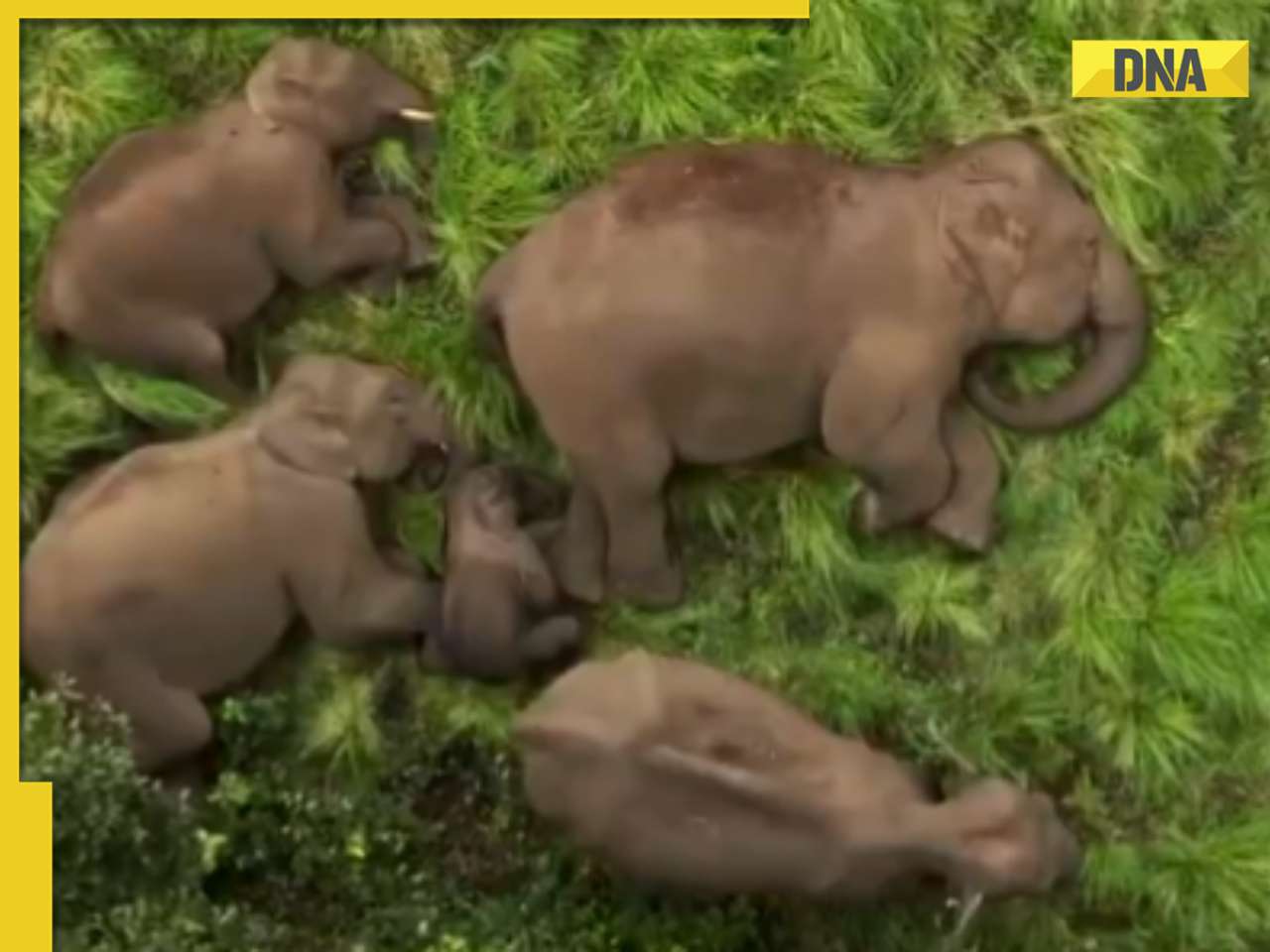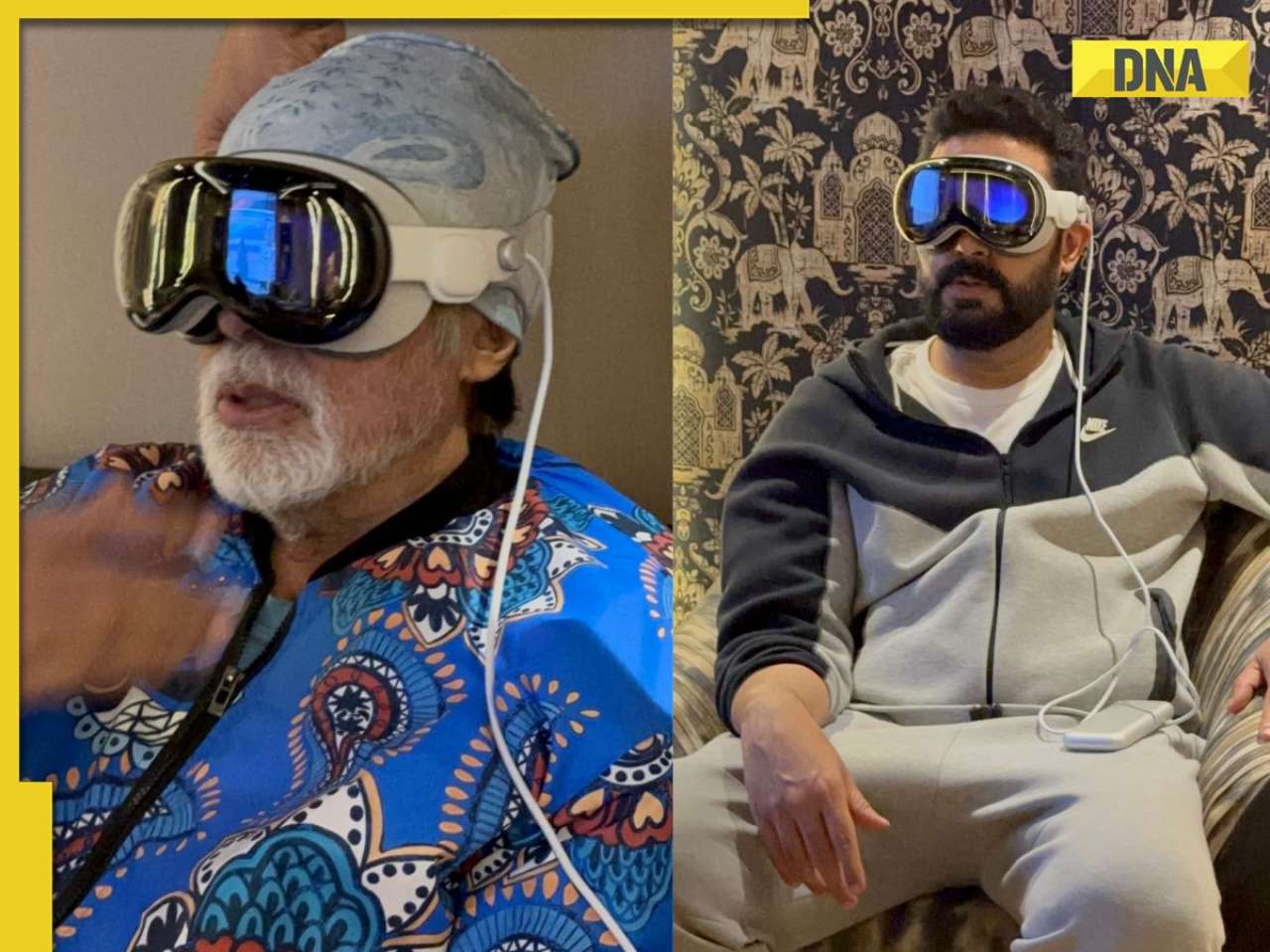Pollinator 1, a festival dedicated to bees in Chennai, buzzed without direction, found Shreevatsa Nevatia.
The point to abstract, and most contemporary art, I had always felt, was that it resisted a single meaning. If anyone were to look at Guernica and claim that the work was Picasso’s comment on nature, human or otherwise, I’d politely cough and squirm inside. It is unfortunate that I found myself doing precisely that at Pollinator 1, a bee festival in Chennai, a festival that started with art, went on to incorporate dance, theatre and science, and then spread the message of ecological conservation. The bee, as is perhaps obvious, was the protagonist that packed the itinerary of the three-day schedule.
Environmentalists constantly reminded us that ‘we’ve forgotten how essential the bee is to our everyday survival’. Artists hoped that viewers would be able to spot a spirit of co-dependence and inter-connectedness they had assumed the insect’s industriousness to embody. Their six degrees of separation, however, made for too winding a road, difficult to navigate even tenuously.
 It is all said to have started four and a half years ago when hotelier Namita Saraf and art curator Rajeev Sethi visited a property that had just been acquired by Saraf’s Hyatt group in Chennai. In the derelict building, the two found a vast number of beehives. Heartstrings were plucked and then came a redemptive idea to enshrine the virtuous bee in the hotel’s art. Sethi, who shadowed Pollinator 1 like an old-school impresario in an all-encompassing cape, said, “The idea behind this festival was to unite the art world into doing something they never have.” Artist Anjolie Ela Menon pointed out that even sharing a platform with thirty odd artists was proving to be a novel experience.
It is all said to have started four and a half years ago when hotelier Namita Saraf and art curator Rajeev Sethi visited a property that had just been acquired by Saraf’s Hyatt group in Chennai. In the derelict building, the two found a vast number of beehives. Heartstrings were plucked and then came a redemptive idea to enshrine the virtuous bee in the hotel’s art. Sethi, who shadowed Pollinator 1 like an old-school impresario in an all-encompassing cape, said, “The idea behind this festival was to unite the art world into doing something they never have.” Artist Anjolie Ela Menon pointed out that even sharing a platform with thirty odd artists was proving to be a novel experience.
Menon’s own contribution to the hotel’s collection is a variation of an earlier montage. Pictures depicting gods, goddesses and shrines peek out from every hexagon that both frames and divides the work. Even though one would think that the hive-like structure is a convenient analogy for secularism, the artist would rather employ terms such as diversity and tolerance. “I am not necessarily a didactic painter, but I did want to say that when you find that a majority of people queuing up to go to the Mahim church on a Wednesday are Hindus, you do have to realise that these people are not following a credo, they are making a credo as they go along. And this is true for most Indians I think.”
Menon’s artwork hangs on the first floor of the hotel. One has to either crane one’s neck uncomfortably or get into a glass elevator to be at eye level with it. When asked if a hotel was indeed the best place for a display of her work, she said, “You must realise that museums do not commission works. The patrons for art used to first be the church, then the courts and now they are the hotels.” Music to Namita Saraf’s ears, surely. She says, “Well, no, we may not be kings or queens, but we do happen to have luxury buildings. And one of the things that we would really like to do is make art accessible.”
The art and sculpture that is now on display in Chennai extends from the intricate and ornate embroidery of Jean Francois Lesage to the childish and quirky instalments of Andrew Logan. On the first day of the festival, Gopal Gandhi, the former governor of West Bengal had said, “The thing about the bee is that it can make its way to any narrative you want to take it to.” The trouble started when the narrative of the bee itself proved too vague and insufficient to hold either the show or your attention together. Perhaps aware of this lacuna, the organisers of Pollinator 1 had ensured that nearly all of the three days be spent regretting the loss of the bee and its habitat continuously.

Dr Pushpa Bhargava, father of molecular biology in India, reminded the audience of some basic facts. Pesticides, he repeated constantly, were the primary cause of a reduction in the bee’s numbers. In a video message, Sunita Narain, director general of the Centre for Science and Environment, spoke of global honey laundering, malpractice and corruption. She argued that it is high time we make “the connection between the ecology of the bee and the honey that makes it to our kitchen.”
There can be little doubt about the fact that the present reality which the bee contends is difficult, but rather than jumping to words like extinction and endangerment, Carlo Montesanti of England’s Bee Guardian Foundation felt that “we should simply acknowledge that the bee is in trouble”. Montesanti corrected an Albert Einstein quote that had been bandied by many a delegate. “Einstein had said that mankind will disappear four years after the death of vegetation. That’s not entirely the same as saying that man will disappear four years after the bees do.” It finally came as welcome relief that the man who seemed to make the most sense at Pollinator 1 was also an adviser to Manmohan Singh. Sam Pitroda said in a message to the assembled group, “You need to remember that the bees will evolve too. Everyone and everything does.” To test that very assumption, one can only wait for Pollinator 2.
![submenu-img]() Meet man who once suffered loss of Rs 15 crore, then built Rs 2000 crore turnover company at 60, he is…
Meet man who once suffered loss of Rs 15 crore, then built Rs 2000 crore turnover company at 60, he is…![submenu-img]() 'They did her dirty': Aishwarya Rai fans criticise stylist for her 'failed art project' outfit on Cannes red carpet
'They did her dirty': Aishwarya Rai fans criticise stylist for her 'failed art project' outfit on Cannes red carpet![submenu-img]() Woman walks on the streets of Tokyo in saree, viral video shows people’s reaction
Woman walks on the streets of Tokyo in saree, viral video shows people’s reaction![submenu-img]() Blinkit offering ‘free dhaniya’ with vegetable orders, people now asking for free…
Blinkit offering ‘free dhaniya’ with vegetable orders, people now asking for free…![submenu-img]() Kartam Bhugtam: Shreyas Talpade-starrer is a riveting dive into the unknown
Kartam Bhugtam: Shreyas Talpade-starrer is a riveting dive into the unknown![submenu-img]() Meet PhD wife of IIT graduate hired at Rs 100 crore salary package, was fired within a year, he is now…
Meet PhD wife of IIT graduate hired at Rs 100 crore salary package, was fired within a year, he is now…![submenu-img]() Meet woman not from IIT, IIM or NIT, cracked UPSC exam in first attempt with AIR...
Meet woman not from IIT, IIM or NIT, cracked UPSC exam in first attempt with AIR...![submenu-img]() Maharashtra Board Results 2024: MSBSHSE class 10th, 12th results soon, know how to check results via SMS
Maharashtra Board Results 2024: MSBSHSE class 10th, 12th results soon, know how to check results via SMS![submenu-img]() Meet Indian genius who became world’s 'youngest' surgeon at 7, worked in IIT for...
Meet Indian genius who became world’s 'youngest' surgeon at 7, worked in IIT for...![submenu-img]() Meet Kashmir boy, who is JEE topper, wants to pursue Computer Science, he aims to clear...
Meet Kashmir boy, who is JEE topper, wants to pursue Computer Science, he aims to clear...![submenu-img]() DNA Verified: Is CAA an anti-Muslim law? Centre terms news report as 'misleading'
DNA Verified: Is CAA an anti-Muslim law? Centre terms news report as 'misleading'![submenu-img]() DNA Verified: Lok Sabha Elections 2024 to be held on April 19? Know truth behind viral message
DNA Verified: Lok Sabha Elections 2024 to be held on April 19? Know truth behind viral message![submenu-img]() DNA Verified: Modi govt giving students free laptops under 'One Student One Laptop' scheme? Know truth here
DNA Verified: Modi govt giving students free laptops under 'One Student One Laptop' scheme? Know truth here![submenu-img]() DNA Verified: Shah Rukh Khan denies reports of his role in release of India's naval officers from Qatar
DNA Verified: Shah Rukh Khan denies reports of his role in release of India's naval officers from Qatar![submenu-img]() DNA Verified: Is govt providing Rs 1.6 lakh benefit to girls under PM Ladli Laxmi Yojana? Know truth
DNA Verified: Is govt providing Rs 1.6 lakh benefit to girls under PM Ladli Laxmi Yojana? Know truth![submenu-img]() Aishwarya Rai Bachchan turns heads in intricate black gown at Cannes, walks the red carpet with injured arm in cast
Aishwarya Rai Bachchan turns heads in intricate black gown at Cannes, walks the red carpet with injured arm in cast![submenu-img]() Laapataa Ladies' Poonam aka Rachna Gupta looks unrecognisable in viral photos, amazes with jaw-dropping transformation
Laapataa Ladies' Poonam aka Rachna Gupta looks unrecognisable in viral photos, amazes with jaw-dropping transformation![submenu-img]() In pics: Taarak Mehta Ka Ooltah Chashmah actress Deepti Sadhwani dazzles in orange at Cannes debut, sets new record
In pics: Taarak Mehta Ka Ooltah Chashmah actress Deepti Sadhwani dazzles in orange at Cannes debut, sets new record![submenu-img]() Ananya Panday stuns in unseen bikini pictures in first post amid breakup reports, fans call it 'Aditya Roy Kapur's loss'
Ananya Panday stuns in unseen bikini pictures in first post amid breakup reports, fans call it 'Aditya Roy Kapur's loss'![submenu-img]() Remember Harsh Lunia? Just Mohabbat child star, here's how former actor looks now, his wife is Bollywood's popular...
Remember Harsh Lunia? Just Mohabbat child star, here's how former actor looks now, his wife is Bollywood's popular...![submenu-img]() Haryana Political Crisis: Will 3 independent MLAs support withdrawal impact the present Nayab Saini led-BJP government?
Haryana Political Crisis: Will 3 independent MLAs support withdrawal impact the present Nayab Saini led-BJP government?![submenu-img]() DNA Explainer: Why Harvey Weinstein's rape conviction was overturned, will beleaguered Hollywood mogul get out of jail?
DNA Explainer: Why Harvey Weinstein's rape conviction was overturned, will beleaguered Hollywood mogul get out of jail?![submenu-img]() What is inheritance tax?
What is inheritance tax?![submenu-img]() DNA Explainer: What is cloud seeding which is blamed for wreaking havoc in Dubai?
DNA Explainer: What is cloud seeding which is blamed for wreaking havoc in Dubai?![submenu-img]() DNA Explainer: What is Israel's Arrow-3 defence system used to intercept Iran's missile attack?
DNA Explainer: What is Israel's Arrow-3 defence system used to intercept Iran's missile attack?![submenu-img]() 'They did her dirty': Aishwarya Rai fans criticise stylist for her 'failed art project' outfit on Cannes red carpet
'They did her dirty': Aishwarya Rai fans criticise stylist for her 'failed art project' outfit on Cannes red carpet![submenu-img]() Kartam Bhugtam: Shreyas Talpade-starrer is a riveting dive into the unknown
Kartam Bhugtam: Shreyas Talpade-starrer is a riveting dive into the unknown![submenu-img]() Richa Chadha says Heeramandi co-star Sharmin Segal being trolled for her performance is 'audience’s right'
Richa Chadha says Heeramandi co-star Sharmin Segal being trolled for her performance is 'audience’s right'![submenu-img]() Meet only Indian actress whose film is competing for top prize at Cannes; not Aishwarya, Deepika, Kiara, Priyanka, Alia
Meet only Indian actress whose film is competing for top prize at Cannes; not Aishwarya, Deepika, Kiara, Priyanka, Alia![submenu-img]() How two heroines beat Rajinikanth, Vijay, Dhanush to give Tamil cinema's biggest hit of 2024; low-budget film earned...
How two heroines beat Rajinikanth, Vijay, Dhanush to give Tamil cinema's biggest hit of 2024; low-budget film earned...![submenu-img]() Woman walks on the streets of Tokyo in saree, viral video shows people’s reaction
Woman walks on the streets of Tokyo in saree, viral video shows people’s reaction![submenu-img]() Why Australians walk barefoot in public: Here’s the reason
Why Australians walk barefoot in public: Here’s the reason![submenu-img]() People in this country compete to see who’s best at doing nothing, here's why
People in this country compete to see who’s best at doing nothing, here's why![submenu-img]() Viral video: Influencer dressed as 'Manjulika' dances on crowded road, internet reacts
Viral video: Influencer dressed as 'Manjulika' dances on crowded road, internet reacts![submenu-img]() Viral video: Baby elephant receives 'Z-category security' during family nap in Tamil Nadu reserve
Viral video: Baby elephant receives 'Z-category security' during family nap in Tamil Nadu reserve






































)













) It is all said to have started four and a half years ago when hotelier Namita Saraf and art curator Rajeev Sethi visited a property that had just been acquired by Saraf’s Hyatt group in Chennai. In the derelict building, the two found a vast number of beehives. Heartstrings were plucked and then came a redemptive idea to enshrine the virtuous bee in the hotel’s art. Sethi, who shadowed Pollinator 1 like an old-school impresario in an all-encompassing cape, said, “The idea behind this festival was to unite the art world into doing something they never have.” Artist Anjolie Ela Menon pointed out that even sharing a platform with thirty odd artists was proving to be a novel experience.
It is all said to have started four and a half years ago when hotelier Namita Saraf and art curator Rajeev Sethi visited a property that had just been acquired by Saraf’s Hyatt group in Chennai. In the derelict building, the two found a vast number of beehives. Heartstrings were plucked and then came a redemptive idea to enshrine the virtuous bee in the hotel’s art. Sethi, who shadowed Pollinator 1 like an old-school impresario in an all-encompassing cape, said, “The idea behind this festival was to unite the art world into doing something they never have.” Artist Anjolie Ela Menon pointed out that even sharing a platform with thirty odd artists was proving to be a novel experience. )




)
)
)
)
)
)